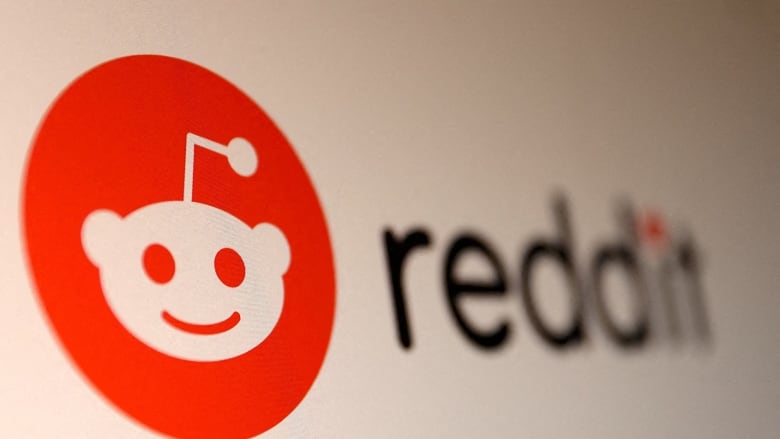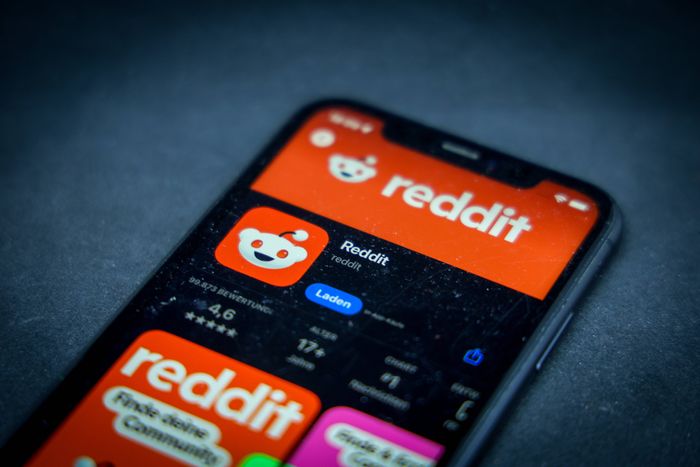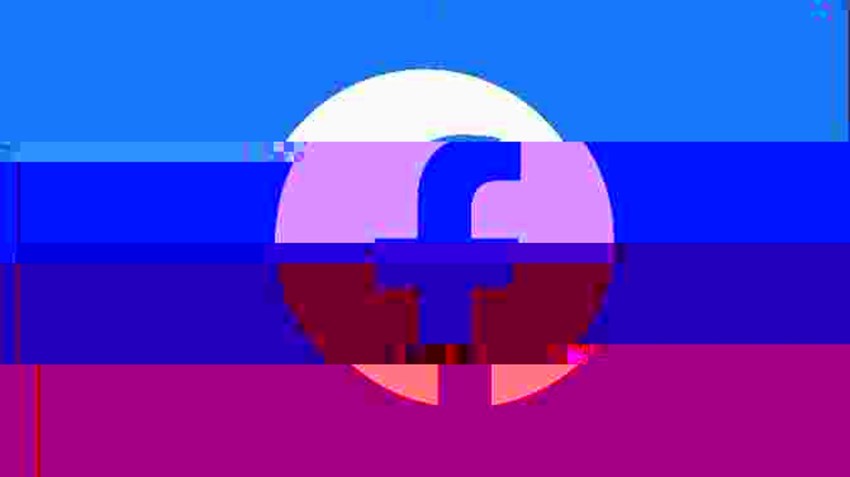This article is more than
1 year oldWhat is the fediverse and why does Threads want to join?
CBC News TikTok producer Ashley Fraser unpacks how a federated social network running free open software on computer servers around the world — known colloquially as the fediverse — allows users to connect and communicate with people on other servers.
If you recently downloaded Meta's new Threads app — a social media platform some say rivals Twitter — you may have noticed it plans to join the fediverse.
Before you can join Threads, a disclaimer pops up: "Future versions of Threads will work within the fediverse, a new type of social media network that allows people to follow and interact with each other on different platforms."
What exactly does that mean?
Imagine posting a tweet on Facebook or liking an Instagram reel on TikTok.
The fediverse — a combination of the words federation and universe — is a loose collective of decentralized servers that operate using open source standards. Unlike traditional social networks, the fediverse allows users to connect and communicate with others seamlessly across multiple platforms.

Proponents say it's similar to the early days of the internet, when Big Tech hadn't yet created social media sites that rely on advertising and use algorithms to keep you scrolling on their platforms.
"You can have an account on one service and you can post on other services," said Evan Prodromou, an entrepreneur and technologist based in Montreal. "Other people can read your stuff; they can connect to you. You can have relationships and friendships — family relationships that don't depend on which actual service you're using. So, that's the fediverse promise."
Think of it like email. There are many different email domains available, from Gmail to Outlook. Even if you use a different service than your friend, you can still communicate with one another.
"We're using social networking for what it was originally meant for, which is giving us better social relationships," said Prodromou. "So, it's not about the platforms, it's about the people."
How did the fediverse start?
Prodromou is often credited as a pioneer of the fediverse, although he points out it's based on patterns and structures that go back to the very beginning of the internet.
In 2008, he created a website called identi.ca, which was a distributed social network similar to Twitter. At the time, blogs were popular and people would use software such as feed aggregators to bring them together in one place.
"My kind of incentive in building identi.ca and the original federated social networks was to take that experience and bring it into that social network interface," said Prodromou.
What made identi.ca different was the development of a standard that let people download the software, install it on their own servers and then communicate directly with their users, as if they were on the same server.
Another breakthrough was the release of Mastodon in 2017 by German developer Eugen Rochko.

Similar to Twitter, Mastodon is a micro-blogging platform and one of the larger self-hosted social networking spaces on the fediverse. Small groups or individuals run independent communities or "instances" on their own servers, and they have their own terms of service and moderation rules.
In 2018, the organization that set standards for the World Wide Web, known as the W3C, wanted to have a modern standard for distributed social networks such as Mastodon.
They started a group — co-chaired by Prodromou — called the Social Web Working Group.
Prodromou worked with four others, including Christine Lemmer-Webber, Jessica Tallon, Erin Shepherd, and Amy Guy, to develop the standards that make up the ActivityPub protocol.
It's an open, decentralized social networking protocol that much of the fediverse is now developed on, including Mastodon and other services, such as Pixelfed, a photo-sharing platform similar to Instagram.
Why are people moving to the fediverse?
When scrolling on Facebook, TikTok or other mainstream social platforms, you might notice content from accounts you don't follow. Those platforms use an algorithm to show you content based on data they've gathered on you, including what you've previously engaged with.
The fediverse doesn't rely on algorithms or data scraping in the same way. Mastodon, for example, will show you the content of people and instances you follow in chronological order.
This creates a less stressful environment, Prodromou says, because your feed isn't designed to keep you on the platform.
The servers that make up the fediverse cost money to run, but revenue from advertisements aren't the primary way of maintaining them. Individuals and groups have their own methods, including subscription fees or donations.
"There's no one entity who can say: 'Everybody has to read our ads, and everyone has to give us their data,' because we've got that distributed set of control. So it gives us more control over what we do," said Prodromou.
The fediverse is customizable, and users can follow or create their own instances that appeal to their interests and values, explained Brian Keegan, a computational social scientist with the University of Colorado Boulder.
"By joining different kinds of instances or moving your account between different kinds of instances, you're able to really vote or elect if this is the model of content, moderation and governance that I want to have around my social media."
This creates an environment where users have more control of what they want to see and are less likely to be exposed to content like misinformation and hate speech seen on other platforms, Keegan said.

With that control, however, the federated model can allow for people to fall into echo chambers, he said. "There are probably some necessary social changes that we'll need to make on the fediverse in order to improve that."
Keegan points out that if you do have a problem with something you're seeing, content moderation decisions are made by whoever is running the server that you're on. So you may have more success flagging a concern there compared to trying to appeal to an administrator working under the umbrella of a big tech company.
Is Meta welcome?
Both Prodromou and Keegan see Meta's potential move to the fediverse as an opportunity to grow and expand the space.
In addition to potentially making the interface less clunky and more user friendly, Keegan said a larger platform would bring more users to interact with.
"By having an organization like Meta express an interest, and building and scaling infrastructure and experiences and apps, that might allow for more people to join the fediverse," said Keegan.
Currently, the fediverse has around 12 million users. By comparison, more than 100 million users signed up for Meta's Threads in the first five days of its launch.

But some fediverse users are set against a major tech company joining.
Keegan said there's a movement of Mastodon users who have started an "anti-Meta Fedi pact," pledging to block any instances owned by Meta.
"I think people see Meta coming in and potentially this risk of them bringing this really poor track record, and destroying or deteriorating this really interesting and exciting space that's really been built from the bottom up by a lot of diverse, different kinds of communities," said Keegan.
Meta hasn't said when Threads will join the fediverse and hasn't released details about what its presence will look like, beyond using the ActivityPub protocol so it can talk to other servers.
Keywords
Newer articles
<p>Former CNN host discussed ongoing anti-Israel protests on college campuses</p>
MAJOR ANNOUNCEMENT: Buck Palace updates on King Charles’ condition
Doja Cat steps onto red carpet in lingerie
Tiffany Haddish Says Common Is the Only Celebrity She's Been 'Entangled' With, Claims He Chased Her for 2 Years
Rihanna Is “Keeping it Real Simple” for This Year’s Met Gala
US Congress threatens ICC over Israel arrest warrants
Israel fears Netanyahu's arrest over Gaza war as international court considers warrant
Kendrick Lamar escalates Drake feud on the scathing diss track, Euphoria
Tucker Carlson releases interview with Russian philosopher Aleksandr Dugin
Rwanda must halt ‘support’ for M23 rebels, withdraw troops from DR Congo, says Macron




